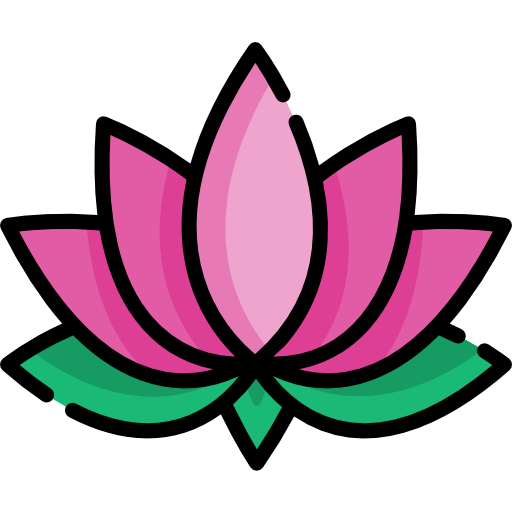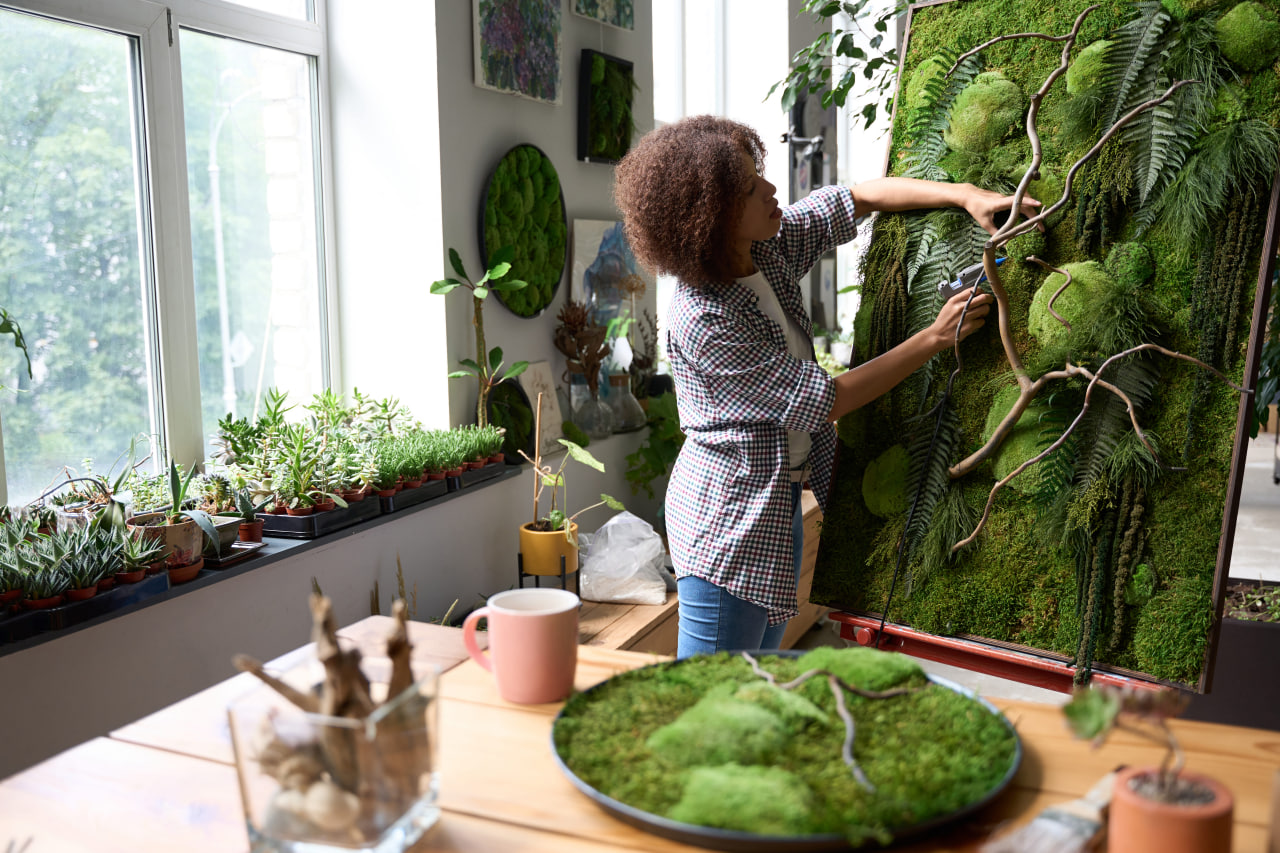In Ikebana, every element plays a significant role in creating harmony, balance, and meaning. Unlike Western floral arrangements that emphasize fullness and color, Ikebana follows a minimalist approach, where each flower, branch, and leaf is carefully chosen to reflect nature’s beauty. Whether you’re a beginner or an experienced practitioner, selecting the right materials is key to crafting a successful arrangement.
1. Choosing Flowers for Your Ikebana Arrangement
The flowers in Ikebana serve as the focal point, bringing color and emotion to the composition. When selecting flowers, consider:
- Seasonality: Use flowers that reflect the current season, such as cherry blossoms in spring, irises in summer, chrysanthemums in autumn, and camellias in winter.
- Longevity: Choose flowers that can stay fresh for several days, such as lilies, orchids, or carnations.
- Symbolism: Many flowers carry deep cultural and spiritual meanings. For example, lotus flowers represent purity, while peonies symbolize prosperity.
2. Selecting Branches and Greenery
Branches add structure, movement, and depth to your arrangement. When choosing branches:
- Opt for natural curves and asymmetry to create a dynamic yet balanced composition.
- Use woody stems like pine, willow, or cherry branches for a strong presence.
- Incorporate leaves and grass to provide texture and contrast. Bamboo leaves, ferns, or palm fronds work beautifully in Ikebana.
3. Choosing the Right Vase and Kenzan
The container is just as important as the flowers. The right vase enhances the overall aesthetic and complements the chosen elements. Consider:
- Shallow bowls or wide vases for traditional arrangements that use a kenzan (spiked base).
- Tall, narrow vases for a more vertical composition with dramatic branches.
- Neutral colors that allow the flowers to be the main focus.
4. The Art of Negative Space
One of the most unique aspects of Ikebana is the use of negative space. Unlike Western floral designs that aim for fullness, Ikebana embraces emptiness to highlight each element’s natural form. The spaces between flowers and branches create a sense of movement and tranquility, allowing the viewer to appreciate the subtle beauty in simplicity.
Start Your Ikebana Journey Today
The art of Ikebana is about more than just arranging flowers—it’s about expressing emotions, connecting with nature, and embracing the beauty of imperfection. By carefully selecting the right flowers, branches, and materials, you can create stunning compositions that reflect the essence of Japanese aesthetics.
Want to learn more? Join us at Ikebana Harmony and discover the timeless beauty of Ikebana.





